Vallisneria L.
tape grass, eel grass, American wild celery
Hydrocharitaceae
Acorus, Blyxa, Crinum, Cyperus, Echinodorus, Egeria, Eriocaulon, Jasarum, Lagarosiphon, Nechamandra, Sagittaria, Stratiotes, Triglochin
tropical and some temperatetemperate:
(adj) of the climatic zone between boreal and tropical
 regions of the world
regions of the world
Vallisneria americana (Michx.) (and varieties)
V. annua S.W.L.Jacobs & K.A.Frank
V. asiatica Miki [synonym of V. natans (Lour.) H.Hara]
V. caulescens F.M.Bailey & F.Muell.
V. erecta S.W.L.Jacobs
V. nana R. Br. [also offered under the synonym V. gigantea Graebn.]
V. rubra (Rendle) Les & S.W.L.Jacobs [Maidenia rubra Rendle]
V. spiralis L. (and varieties)
V. triptera S.W.L.Jacobs & K.A.Frank
Unclear since the distributions of V. americana and V. spiralis are very broad and species identification is difficult.
Vallisneria spiralis is considered a serious weed in more than 50 countries on all continents. This species is troublesome as it impedes water flow in irrigation canals and storage dams, blocking navigation, recreation, and agriculture.
submersedsubmersed:
see submerged
 , attached rosetterosette:
, attached rosetterosette:
(n) a radiating cluster of leaves, usually close to the ground at the base of a plant
 or ascending stem plantstem plant:
or ascending stem plantstem plant:
(n) (a term used in the aquarium and pond plant trade) having an elongate stem (as opposed to a compact stem)

Annual or perennialperennial:
(adj) (of a plant) having a life cycle of more than two years
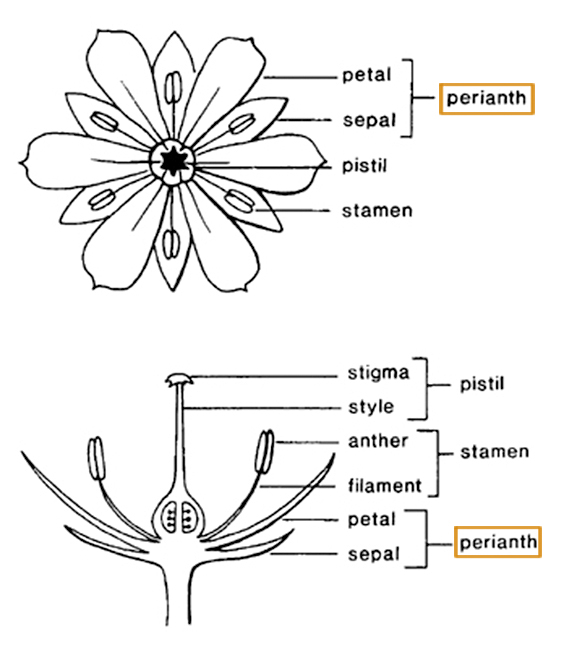 , dioeciousdioecious:
, dioeciousdioecious:
(adj) having separate male and female flowers on different individuals of the same species
 (V. rubra often monoeciousmonoecious:
(V. rubra often monoeciousmonoecious:
(adj) having separate male and female flowers on the same individual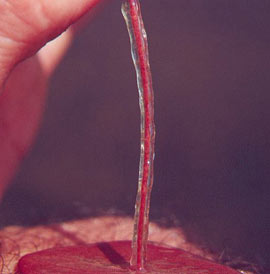 ). Stem stoloniferous, compact or elongate. Leaves typically in a basalbasal:
). Stem stoloniferous, compact or elongate. Leaves typically in a basalbasal:
(adj) at or pertaining to the base, or point of attachment
 rosetterosette:
rosetterosette:
(n) a radiating cluster of leaves, usually close to the ground at the base of a plant
 , less often alternatealternate:
, less often alternatealternate:
(adj) (of leaves) bearing one leaf per node; placed singly on the stem at different heights
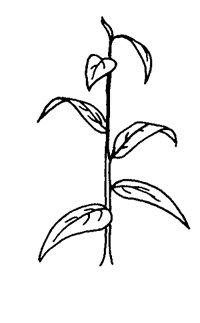 or spiraling along elongate stem, sessilesessile:
or spiraling along elongate stem, sessilesessile:
(adj) attached directly, without a stalk
 ; leaf bladeblade:
; leaf bladeblade:
(n) (syn. lamina) the flat, expanded part of a leaf, frond, or petal (excluding, e.g., the petiole)
 s traptrap:
s traptrap:
(n) a plant structure designed to catch and detain animal prey
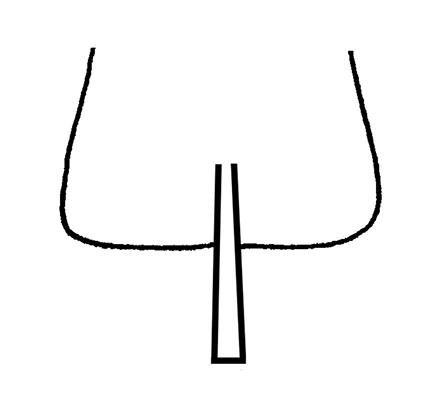 -like, linear, highly elongate to less so, width variable, sometimes filiformfiliform:
-like, linear, highly elongate to less so, width variable, sometimes filiformfiliform:
(adj) thread-like; long and thin
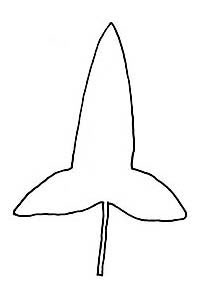 , sometimes twisted, venationvenation:
, sometimes twisted, venationvenation:
(n) the arrangement of veins in a leaf
 distinctly parallel; marginmargin:
distinctly parallel; marginmargin:
(n) edge; rim
 serrulateserrulate:
serrulateserrulate:
(adj) minutely serrate
 or with minute spines. Inflorescenceinflorescence:
or with minute spines. Inflorescenceinflorescence:
(n) the arrangement of flowers on the floral axis
 axillary, may be in clusters (whorls) along stem; spathespathe:
axillary, may be in clusters (whorls) along stem; spathespathe:
(n) a large bract or bracts subtending and often enclosing an inflorescence
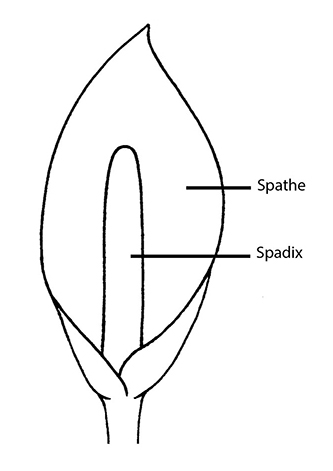 of two united bracts subtends flower(s); male flowers small, nu merousmerous:
of two united bracts subtends flower(s); male flowers small, nu merousmerous:
suffix indicating the number of parts in a whorl
 ; when spathespathe:
; when spathespathe:
(n) a large bract or bracts subtending and often enclosing an inflorescence
 opens flower buds liberated and open at water surface; female flower solitary, on a pedicelpedicel:
opens flower buds liberated and open at water surface; female flower solitary, on a pedicelpedicel:
(n) the stalk of a single flower in an inflorescence, or of a grass spikelet
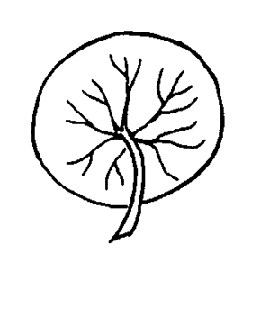 that elongates until flower reaches water surface and opens. Sepals 2-3, large (female flowers); 3, unequal, reflexedreflexed:
that elongates until flower reaches water surface and opens. Sepals 2-3, large (female flowers); 3, unequal, reflexedreflexed:
(adj) abruptly curved or bent downward
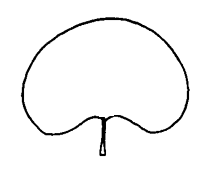 (male flowers); petals rudimentary or absent. Dispersal by seed and runners.
(male flowers); petals rudimentary or absent. Dispersal by seed and runners.
still or running waters of rivers, streams, lakes, billabongs (ox-bow lakes), swamps, floodplains and artificial water bodies
The taxonomy of Vallisneria is highly problematic, resulting in numerous species being described and these names being widely distributed in the aquarium plant trade. Reliable identification of species is only possible by examining floral structures. Recent taxonomic consensus is that outside of Australia, there are two poorly defined species, V. americana and V. spiralis. Both species are now considered to contain numerous regional varieties: from the highly twisted narrow leaves of V. americana var. biwaensis (Miki) Lowden, to the very long and wide leaves (3 cm wide by >2 m long) of V. americana var. gigantea (Graebn.). Vallisneria caulescens F.M. Bailey & F. Muell. and V. triptera S.W.L. Jacobs & K.A. Frank are two closely related species from northern Australia that grow as stem plants, with leaves arranged alternately along the stems, rather than as compact, basalbasal:
(adj) at or pertaining to the base, or point of attachment
 rosettes. Both species have recently been introduced to the aquarium trade. The closely related species Maidenia rubra Rendle was recently placed in Vallisneria based on morphological and molecular data.
rosettes. Both species have recently been introduced to the aquarium trade. The closely related species Maidenia rubra Rendle was recently placed in Vallisneria based on morphological and molecular data.